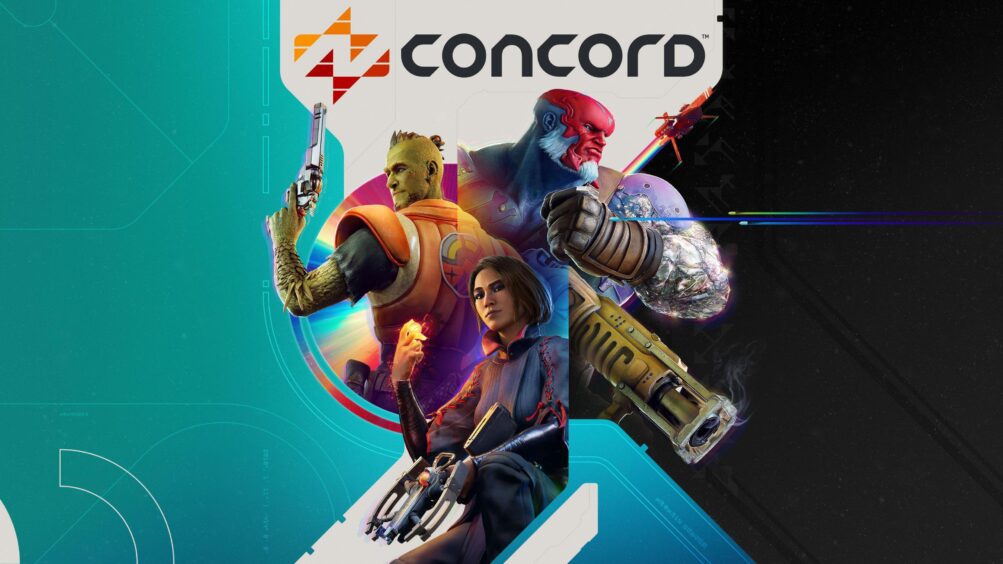Sony has long been a giant in the gaming world, with a track record of successful franchises, including The Last of Us, God of War, and Gran Turismo. When Sony Interactive Entertainment (SIE) announced Concord, the gaming community was buzzing with anticipation. Despite the high hopes and massive budget behind the project, Concord ultimately faced a bumpy ride from conception to launch, leading to its premature demise. This article takes an in-depth look at the journey of Concord—from its development to its unfortunate end—along with a special focus on the game trailer production that created an initial wave of excitement.
Development
Concord was developed by a subsidiary of PlayStation Studios, Firewalk Studios, in collaboration with Sony Interactive Entertainment. The game was pitched as a “PvP multiplayer-first shooter,” intended to challenge the genre’s titans like Call of Duty and Destiny. Sony poured an estimated $100 million into the project, aiming to create a triple-A title with long-term potential for live service gameplay, downloadable content (DLC), and competitive esports integration.
The development process was, by all accounts, ambitious. Sony tasked Firewalk with leveraging the latest in gaming technology, including proprietary engines and tools to optimize the gameplay experience on the PlayStation 5. The vision was clear: create an immersive multiplayer experience with cutting-edge graphics, responsive mechanics, and dynamic maps. Yet, as with many highly ambitious projects, the challenges soon became apparent.
The game’s development faced delays due to internal issues, including an over-extended scope and shifting market trends. At the same time, Firewalk’s team had a strong pedigree—comprising industry veterans from franchises like Halo and Destiny—the demands for ongoing innovation created pressure. As the months went by, whispers of production slowdowns and resource mismanagement circulated within the industry. The game also saw multiple internal iterations, leading to development fatigue.
Launch
Despite these issues, Concord eventually launched with much fanfare at a highly-publicized PlayStation Showcase. The game was revealed with an intense, visually captivating trailer that captured the essence of high-octane multiplayer combat. Sony’s marketing machine rolled into overdrive, setting the tone for the launch, targeting core gamers as well as those curious about what this new PvP-first shooter could offer.
However, the actual release of Concord was less than stellar. Upon launch, the game faced a slew of criticisms—primarily focused on performance issues, unbalanced gameplay, and an overall lack of content. While the game boasted impressive visuals, it lacked substance, with many players pointing out that it felt like a half-finished product. The live-service elements that were intended to add longevity failed to impress, with only a few poorly received updates after launch.
In a post-mortem interview, insiders from Firewalk admitted that the game’s core identity got lost during the endless cycles of internal revisions and scope creep. This, combined with a lack of robust post-launch support, led to dwindling player numbers.
Demise
Concord was officially shuttered just a year after its release. The dwindling player base, coupled with negative reviews and a lack of substantial content updates, led Sony to cut its losses. Estimates suggest that Sony’s investment into the game exceeded $100 million, yet the title barely recouped a fraction of that before servers were shut down.
Industry insiders speculated that Concord marked a turning point for Sony’s approach to live-service games. Following the game’s closure, Sony announced a refocusing of their internal resources on single-player, narrative-driven experiences, a genre in which they had always excelled.
While the demise of Concord was disappointing, it also served as a cautionary tale for Sony and other gaming giants about the perils of overly ambitious projects that lose focus on the core gameplay experience.
Game Trailer Production
One of the most universally praised aspects of Concord was the game trailer production. The reveal trailer was a masterclass in-game marketing, showcasing dazzling graphics, an intense soundtrack, and fast-paced multiplayer action. Produced by Sony’s in-house marketing team in collaboration with several third-party studios, the trailer set the tone for what was supposed to be an industry-defining experience.
The game trailer production process was an elaborate undertaking, requiring months of planning, multiple iterations, and extensive CGI work. Much of the footage used in the trailers wasn’t representative of actual gameplay—something that became a point of contention among gamers post-launch. Nevertheless, the production quality of these trailers was nothing short of Hollywood-level, with many praising the cinematic flair, dynamic pacing, and expertly choreographed scenes.
While the trailers created a massive buzz around the game, the stark difference between the trailer’s polished, action-packed presentation and the final product led to disappointment among players. The phrase “all style, no substance” became a common refrain among the gaming community, highlighting the disconnect between the marketing and the actual game experience.
Conclusion
The story of Concord is one of great ambition, missed potential, and a reminder of the challenges involved in developing a live-service, multiplayer-centric game. Despite an incredible budget, world-class talent, and stunning marketing, the game’s lack of focus and internal missteps led to its downfall. While it will be remembered as a failure, the lessons from Concord could pave the way for better, more focused projects in the future.
If you enjoy games and gaming and want more NEWS from the Gaming World Click Here







